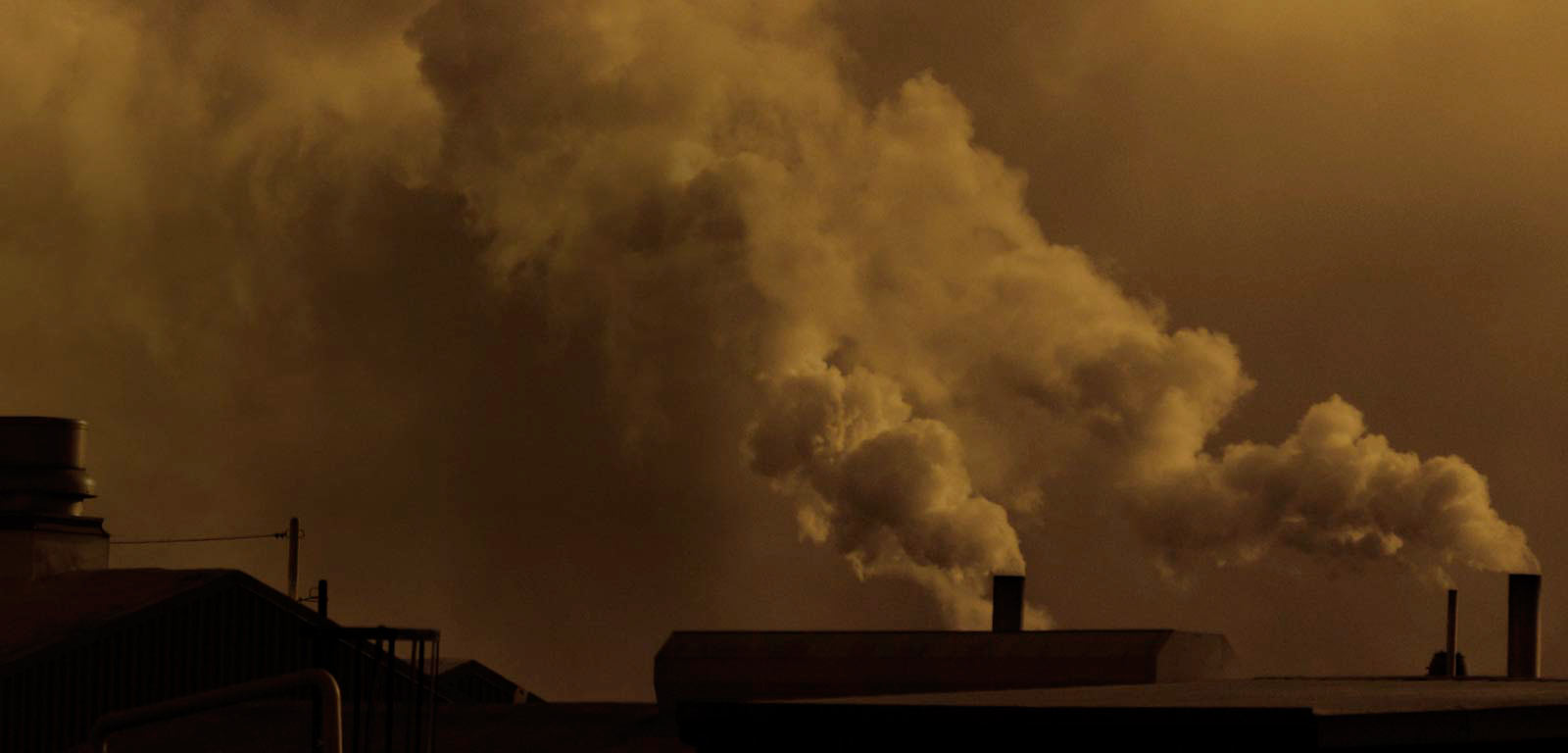Subject
Physiological Energetics of Marine Organisms
General details of the subject
- Mode
- Face-to-face degree course
- Language
- English
Description and contextualization of the subject
Physiological basis of energetic exchanges between marine animals and environment are analysed.Aims
- To present the tools that Physiological Energetics provides to understand the basis of energy exchanges and constrains to attain high rates of growth.
- To present the tools that Physiological Energetics provides to evaluate sublethal effects of pollutants on individual growth and reproductive potential.
Teaching staff
| Name | Institution | Category | Doctor | Teaching profile | Area | |
|---|---|---|---|---|---|---|
| IBARROLA BELLIDO, IRRINTZI | University of the Basque Country | Profesorado Titular De Universidad | Doctor | Bilingual | Physiology | irrintzi.ibarrola@ehu.eus |
| NAVARRO ADORNO, ENRIQUE | University of the Basque Country | Profesorado Emerito Universidad | Doctor | Not bilingual | Physiology | enrique.navarro@ehu.eus |
Competencies
| Name | Weight |
|---|---|
| Handle information Scope For Growth provides as regards to understanding actual growth and factors that may potentially affect growth rate. | 30.0 % |
| Design simple experiments to measure the scope for growth in marine animals | 30.0 % |
| Critical Analysis of literature data on Scope For Growth. | 20.0 % |
| Written Ability to express experimental results obtained in the laboratory. | 20.0 % |
Study types
| Type | Face-to-face hours | Non face-to-face hours | Total hours |
|---|---|---|---|
| Lecture-based | 15 | 40 | 55 |
| Seminar | 6 | 10 | 16 |
| Applied laboratory-based groups | 10 | 10 | 20 |
| Workshop | 9 | 0 | 9 |
Training activities
| Name | Hours | Percentage of classroom teaching |
|---|---|---|
| Groupwork | 9.0 | 100 % |
| Laboratory practicals | 20.0 | 33 % |
| Lectures | 55.0 | 27 % |
| Seminars | 16.0 | 62 % |
Assessment systems
| Name | Minimum weighting | Maximum weighting |
|---|---|---|
| Essay, Individual work and/or group work | 20.0 % | 40.0 % |
| Presentation and public defence of the dissertation | 10.0 % | 30.0 % |
| Written examination | 40.0 % | 60.0 % |
Learning outcomes of the subject
At the end of the Unit, you should be able to:1.Handle information Scope For Growth provides as regards to understanding actual growth and factors that may potentially affect growth rate.
2.Design simple experiments to measure the scope for growth in marine animals
Temary
SynopsisPhysiological basis of energetic exchanges between marine animals and environment are analysed.
The course is organized in two sections:
A) Discussion of general principles of physiological energetics (2,5 ECTS) and
B) two independent and complementary modules (1 ECTS each) developing concepts and methods in the frame of production and toxic effects of pollutant agents.
Lectures and laboratory experiments deal with the physiological parameters of the energy balance, such as rates of food ingestion and absorption, absorption efficiency, metabolic rate, excretion rate and the resulting scope for growth.
Modules on production and pollution follow the pattern of a case study where experimental results are thoroughly discussed.
Bibliography
Basic bibliography
BibliographyGalloway, T.S., Sanger, R.C., Smith, K.L., Fillmann, G., Readman, J.W., Ford, T.E., Depledge, M.H. Rapid assessment of marine pollution using multiple biomarkers and chemical immunoassays ,(2002) Environmental Science and Technology, 36 10, Pages 2219-2226.
Widdows, J., Donkin, P., Staff, F.J., Matthiessen, P., Law, R.J., Allen, Y.T., Thain, J.E., (...), Jones, B.R. Measurement of stress effects (scope for growth) and contaminant levels in mussels (Mytilus edulis) collected from the Irish Sea ,(2002) Marine Environmental Research, 53 4, Pages 327-356.
Webb, N.A., Shaw, J.R., Morgan, J., Hogstrand, C., Wood, C.M. Acute and chronic physiological effects of silver exposure in three marine teleosts ,(2001) Aquatic Toxicology, 54 3-4, Pages 161-178.
Niemi, Gerald J., Bradbury, Steven P., McKim, James M. Use of fish physiology literature for predicting fish acute toxicity syndromes ,(1991) ASTM Special Technical Publication, 1124, Pages 245-260.
Willmer P, Johnston I, (2000) Environmental Physiology of Animals. Blackwell Publishing. 656 pp.
Alan G Heath (1995) Water Pollution and Fish Physiology. CRC Press. 384 pp.


